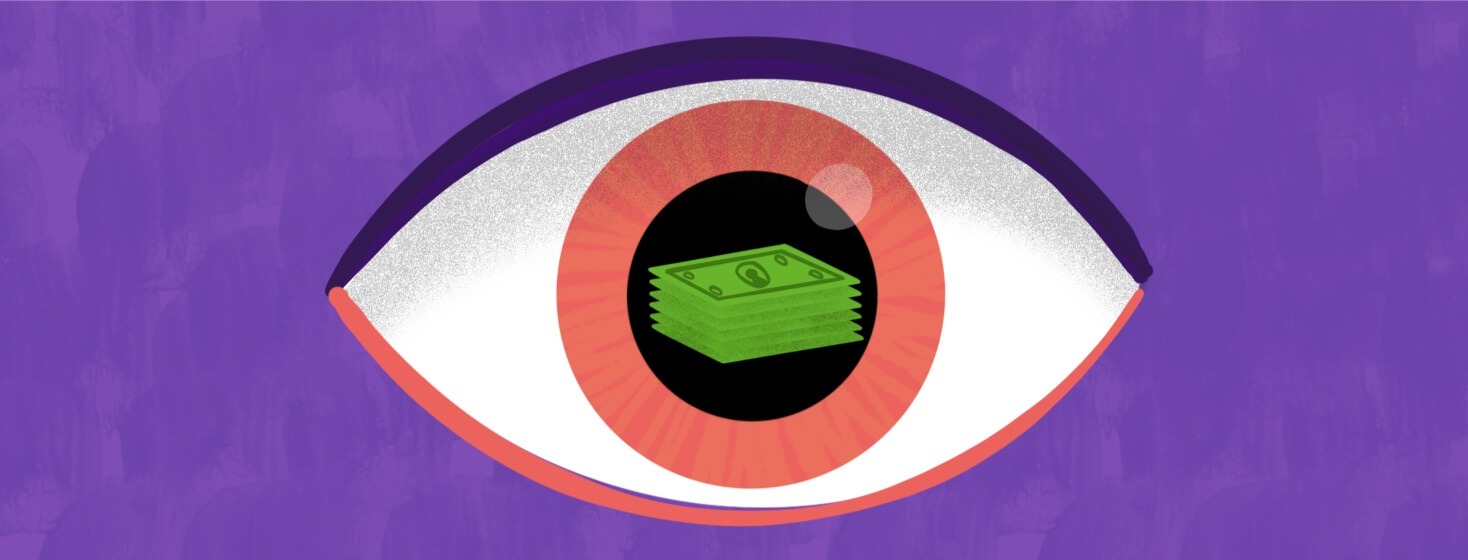The Financial Impact of My Thyroid Eye Disease Journey
Let’s face it, getting treatment for chronic/rare/complicated medical conditions like thyroid eye disease (TED) is incredibly expensive and a challenge for many individuals. From doctors to surgeries to travel to childcare - both the large and small expenses quickly add up. Here’s a brief breakdown of my experiences.
Expenses from my thyroid eye disease journey
Co-pays
I have appointments every few months with multiple specialists - my TED specialist to monitor the condition, my endocrinologist to test my thyroid levels, and post-op appointments with my surgeons. Most of my specialists were not the first doctors I saw. I had to get second opinions after I realized I was not receiving the appropriate care. While I personally found new doctors fairly quickly, it can sometimes take multiple tries (and multiple co-pays) to find the right doctor.
Surgery
I have had four surgeries to treat TED, along with a thyroidectomy to treat Graves’ disease. Looking at the amounts that were billed to my insurance - $1,500 here, $3,000 there, hospital fees of $13,000, and the list went on. I am very grateful to have good health insurance, so I had to pay a fraction of that. However, the numbers did add up. How I wished that all of my surgeries could be done in the same year so I could reach my out-of-pocket max and get the rest fully covered, but no such luck. Due to the necessary timing of my surgeries, pandemic-related factors and delays, and busy operating room schedules, my five surgeries were spread out over three years. Thousands of dollars had to come out of my pocket each year.
Travel
I am fortunate to live in a large city with easy public transit and access to many doctors and facilities. However, I was forced to temporarily relocate two hours away for a timeframe of six months. Like many individuals who live in cities, I do not own a car, so for each appointment, I had to take a cab to a car rental location, rent a car for the day, drive four hours round trip, and pay for parking on top of it. I did my best to link multiple appointments together on the same day, but the costs very quickly added up. While I only had to do this for six months, I know there are others who live hours away from their closest TED specialist and have to make similarly long journeys regularly (and often pay for childcare expenses on top of it).
Lost work
Unfortunately, not everyone has paid sick time. As a freelancer, I was, fortunately, able to rearrange my schedule to accommodate my appointments, but I did miss some work (and wages) during surgeries and recovery afterward. Even then, I immediately resumed remote work - surgeries were often on a Friday, and I was back at my computer on Monday. Sure, I would have appreciated some solid time off to focus on recovery, but I did not want to miss out on a week’s worth of pay.
Eye drops & miscellaneous
And then there are the small but ongoing costs like eye drops. I have found that gel eye drops help me much more than regular artificial tears, but wow each tiny, tiny bottle is $12 (and I normally buy 2-3 per month). Additionally, I have made small purchases here and there in search of things that might help my symptoms - a humidifier to help with dryness, a new makeup product that might help mask the effect of my swollen eye muscles, perhaps an extra pair of sunglasses or two. Small in the grand scheme of things, but additional costs nonetheless.
Conclusion
I fully recognize that I am fortunate and privileged to have my current health insurance plan and to be able to afford these costs. I know that there are many others out there with higher deductibles, higher out-of-pocket costs, or no insurance at all, and with all of these factors in play, many have to make very difficult decisions regarding their treatment. I firmly believe that this life-changing and very necessary care should be accessible and affordable for everyone. I hope that by having more open conversations about the financial impact of chronic illnesses, like thyroid eye disease, we can someday help make that belief a reality.

Join the conversation